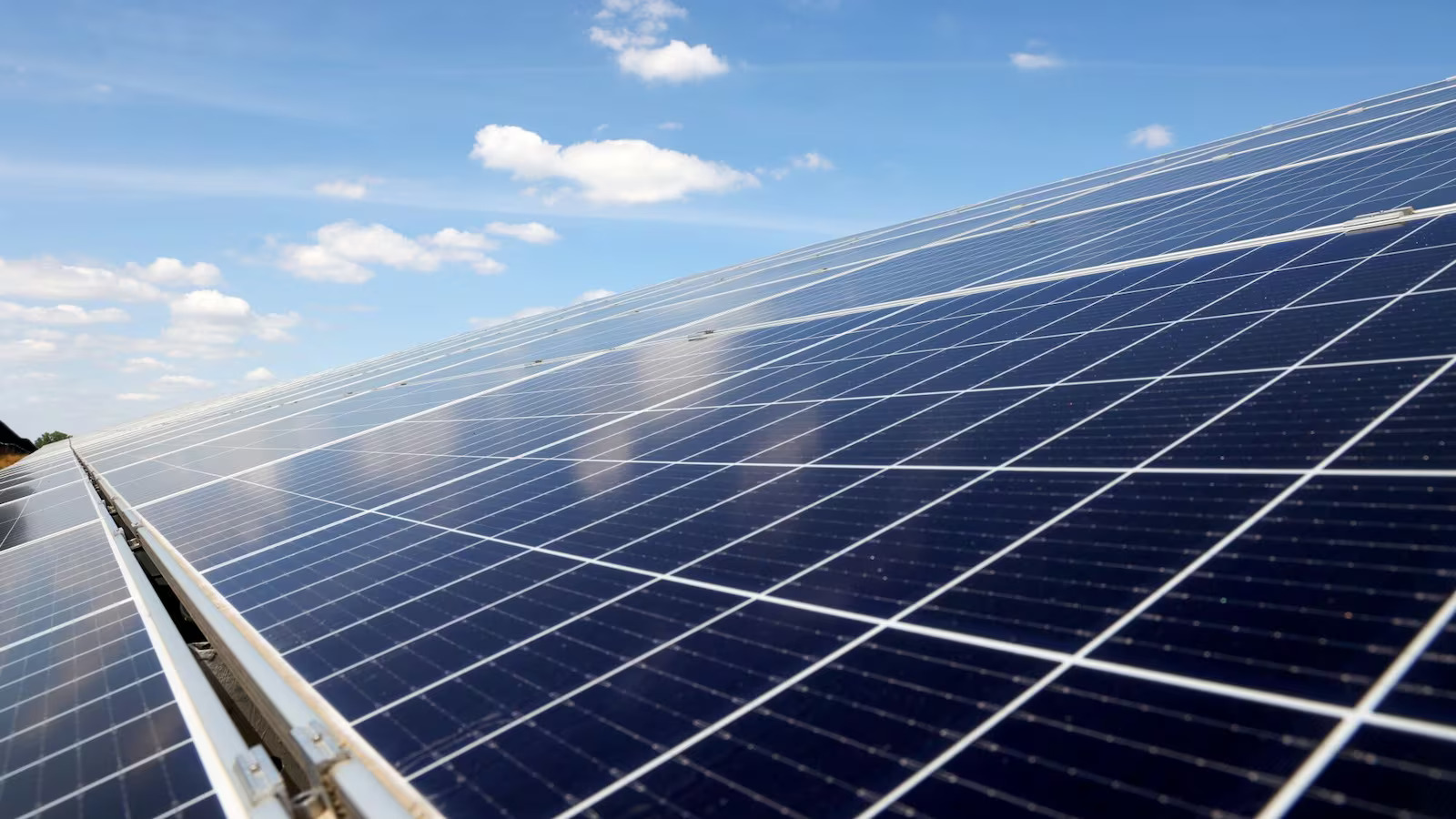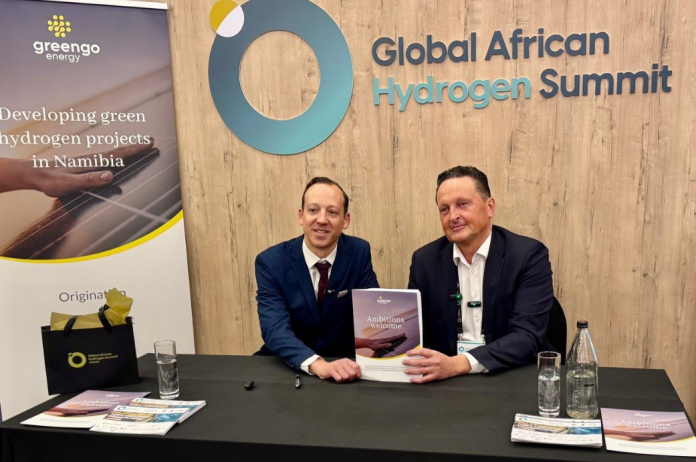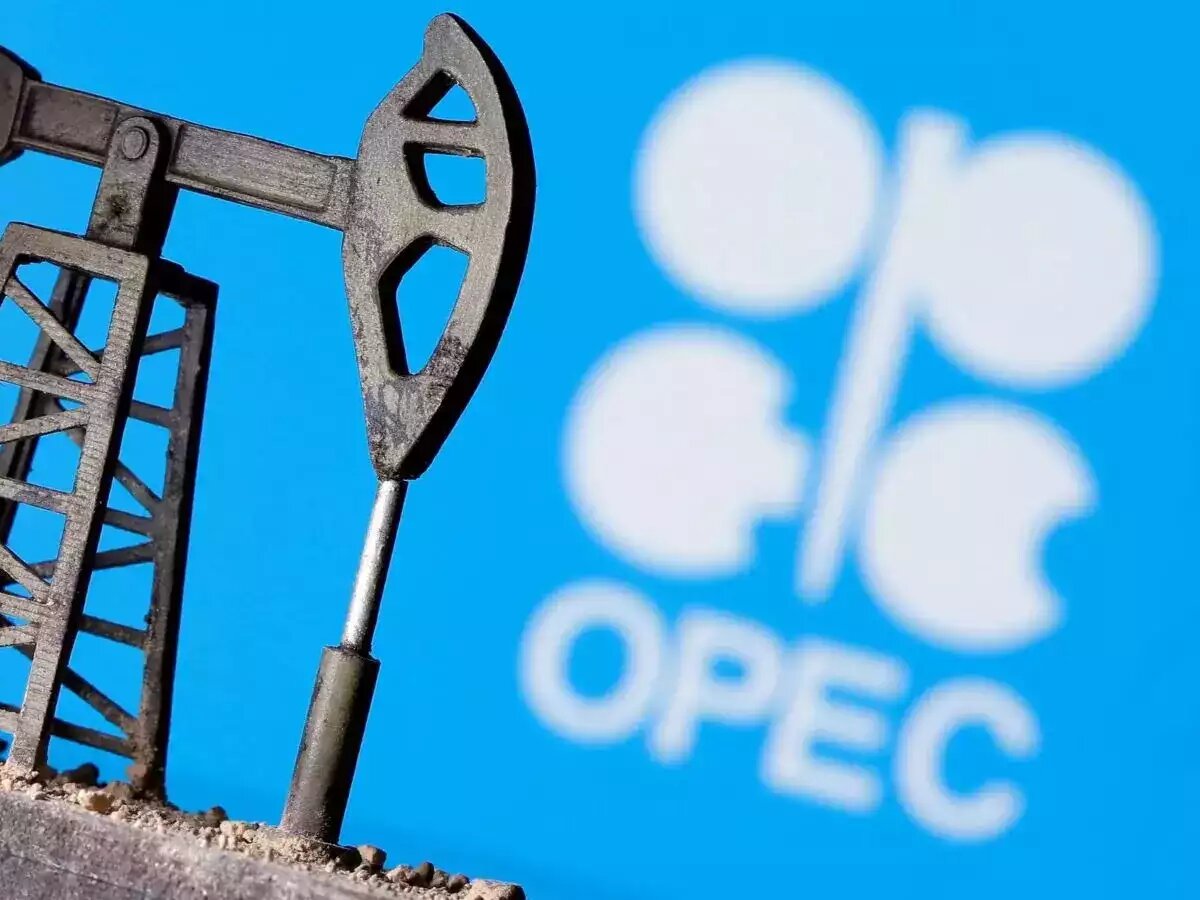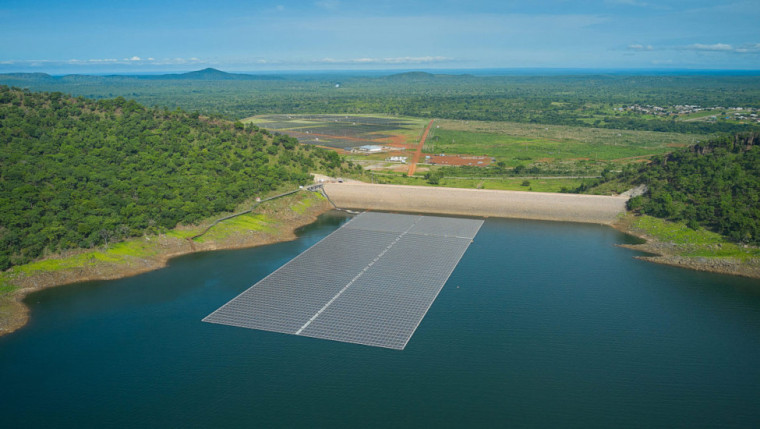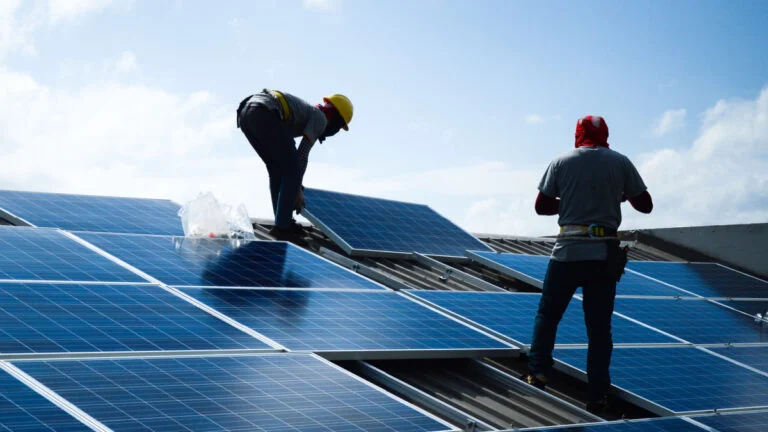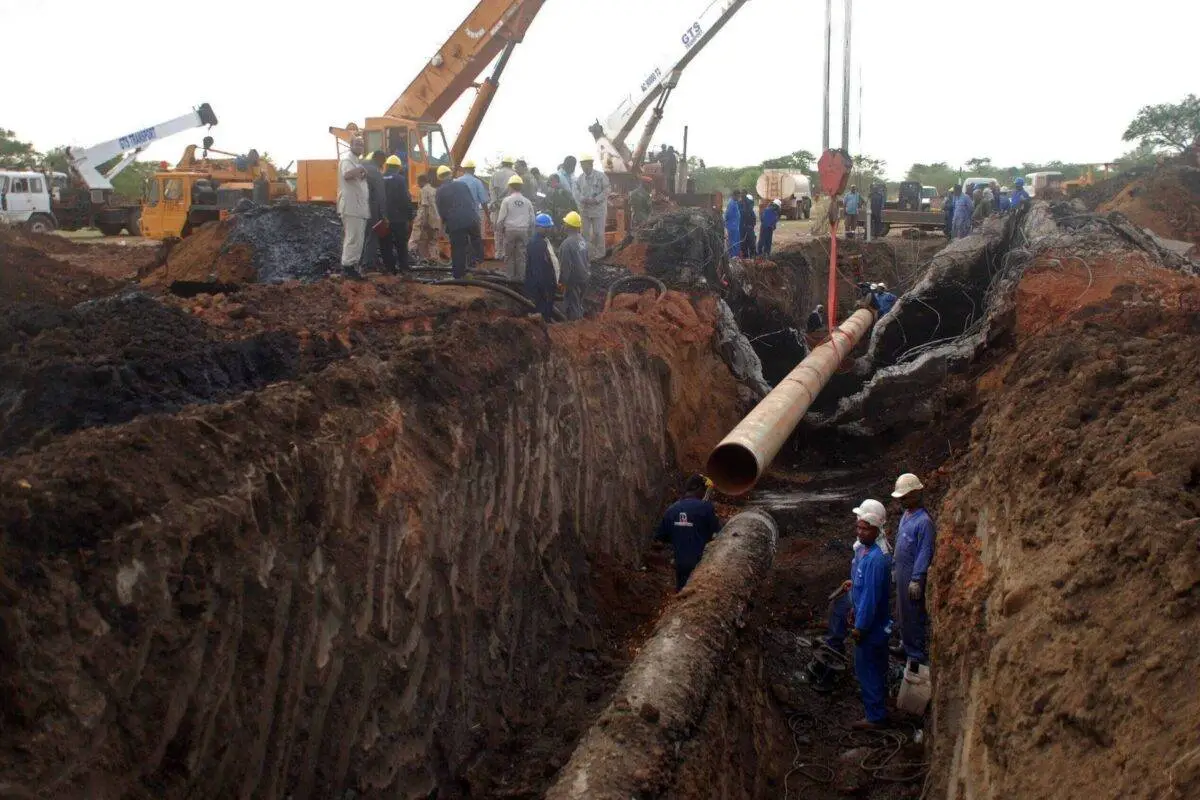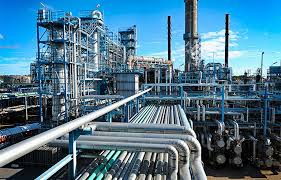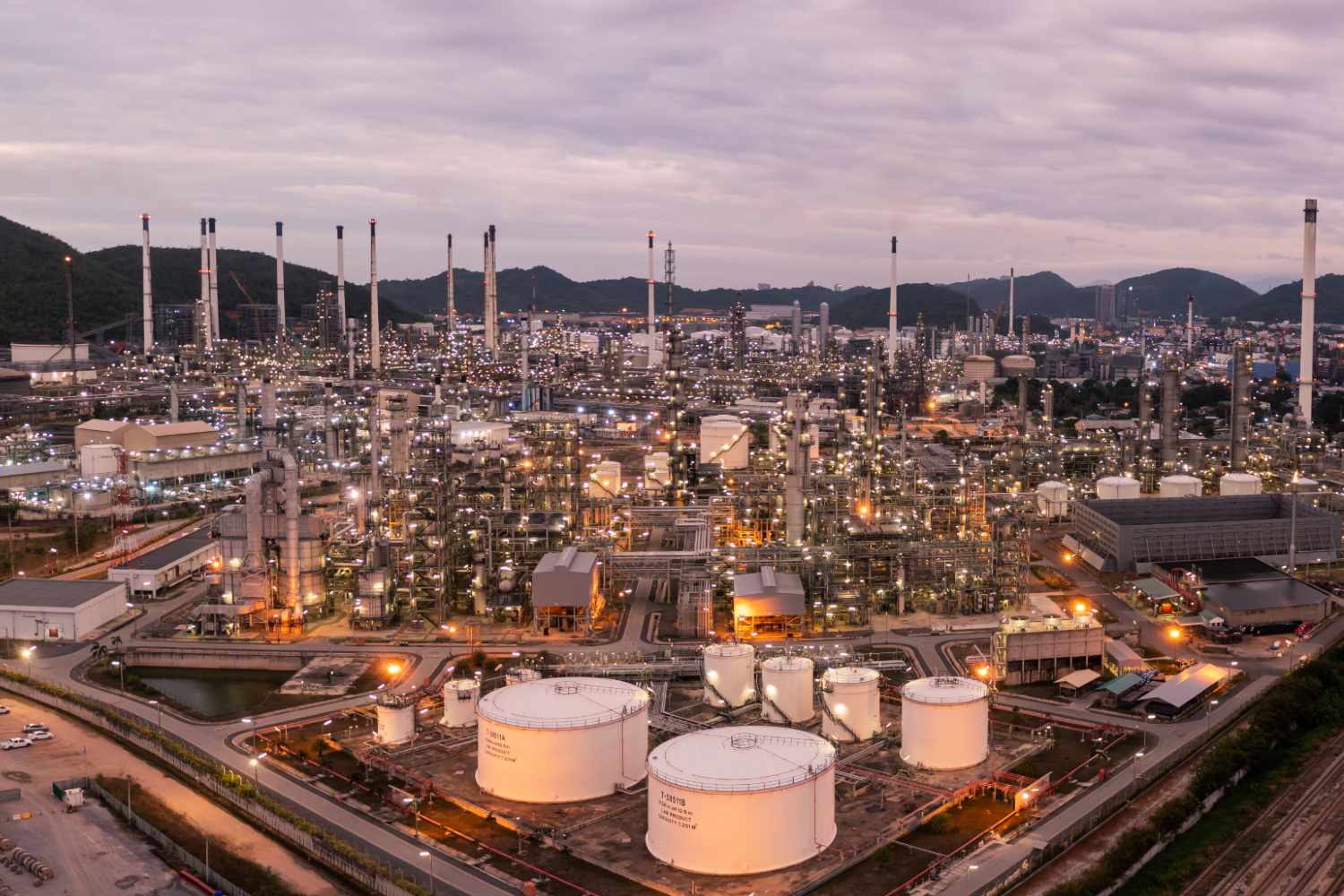Generation

Uganda stresses need for just energy transition
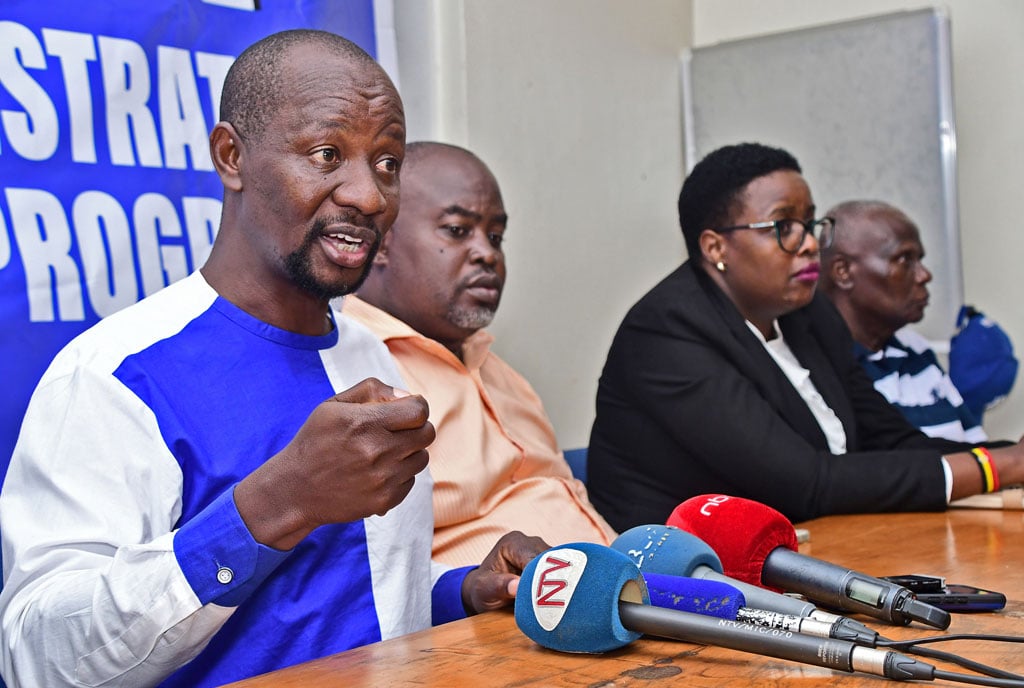
Last week, Uganda revealed strategic plans of gradual decarbonising through an ambitious mix that is consistent with national, regional, and continental realities of energy poverty, as the world countries gathered in the Azerbaijan capital, Baku, to continue their push for ambitious climate goals at the UN Climate Change Conference (UNFCCC COP 29).
Speaking at a fireside event on investing in energy, resilience and nature in Africa, Energy Minister Ruth Nankabirwa highlighted Uganda’s strategic goal of becoming a regional energy supplier, with the overarching goal of reinforcing the East African Power Pool.
“As we work to increase energy access domestically, we will also leverage the power pool to export our excess electricity to neighbouring countries,” Ms Nankabirwa said.
The announcement builds on recent developments in Uganda’s energy programme, including the commissioning of the 600MW Karuma hydropower plant on September 26, and the 183MW Isimba dam five years ago, which pushed the country’s electricity generation capacity to 2,000MW against average demand of 1,000MW.
Some 95 per cent of this energy is generated from renewable sources, including hydro and solar – and soon launching into wind power – which Uganda taps into to build its energy reservoir, even as it aims to add 24,000MW from a nuclear power project targeted for 2027.
In addition to expanding electricity generation for export to energy-impoverished neighbours like eastern Democratic Republic of Congo, South Sudan and Rwanda, Uganda is advancing plans of developing its associated gas reserves for Liquefied Petroleum Gas (LPG) production.
With TotalEnergies and China National Offshore Oil Corporation (CNOOC) engaged in the development of the Lake Albert oil and gas project, Uganda recently inked an agreement with an international partner to establish an LPG production facility.
The LPG plant is expected to distribute at least 500,000 cylinders annually, and the project will require approximately $30 million per year to sustain production and distribution.
To support these ambitions, Ms Nankabirwa called for commercial banks to partner in a blended financing approach to bolster Uganda’s energy transition goals.
The LPG plan, launched at COP28 in Dubai, aligns with Uganda’s vision for sustainable energy growth and regional integration.
Uganda is also working to diversify and decarbonise its energy mix, prioritising renewable sources such as hydro, solar, and wind power while reducing its dependence on fossil fuels.
Officials say that expanding energy access for Uganda’s rural population – where electrification rates remain low – is a key focus, riding on the Energy Access Scale-Up project to deliver affordable electricity to millions and reducing reliance on biomass and kerosene.
Dr Gerald Banaga-Baingi, task team leader for transition and integrated planning in Uganda’s Ministry of Energy, explained that the country’s energy transition plan is rooted in science-based strategies, transparency in emissions reporting, robust financial data, and policies that foster investment.
“Having an objective, science-based plan is essential, along with legislation, though it often takes time to implement. Blended financing, de-risking of key projects, and establishing state enterprises to support these initiatives have opened new avenues and made Uganda’s energy market more attractive for implementing its transition goals,” Dr Banaga-Baingi noted.
Uganda’s ambitious strategy aligns with broader sustainable development and climate action goals, balancing economic growth with environmental stewardship.




